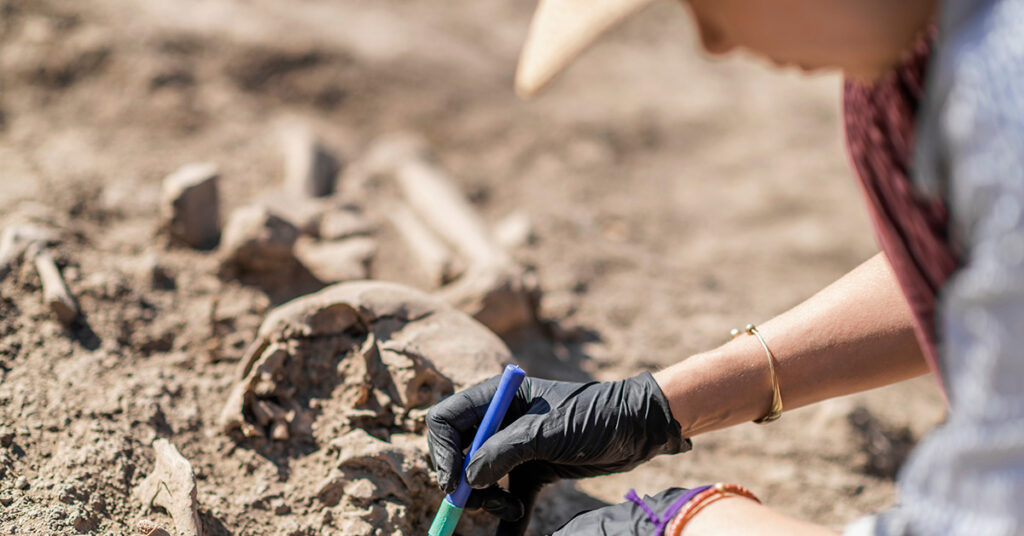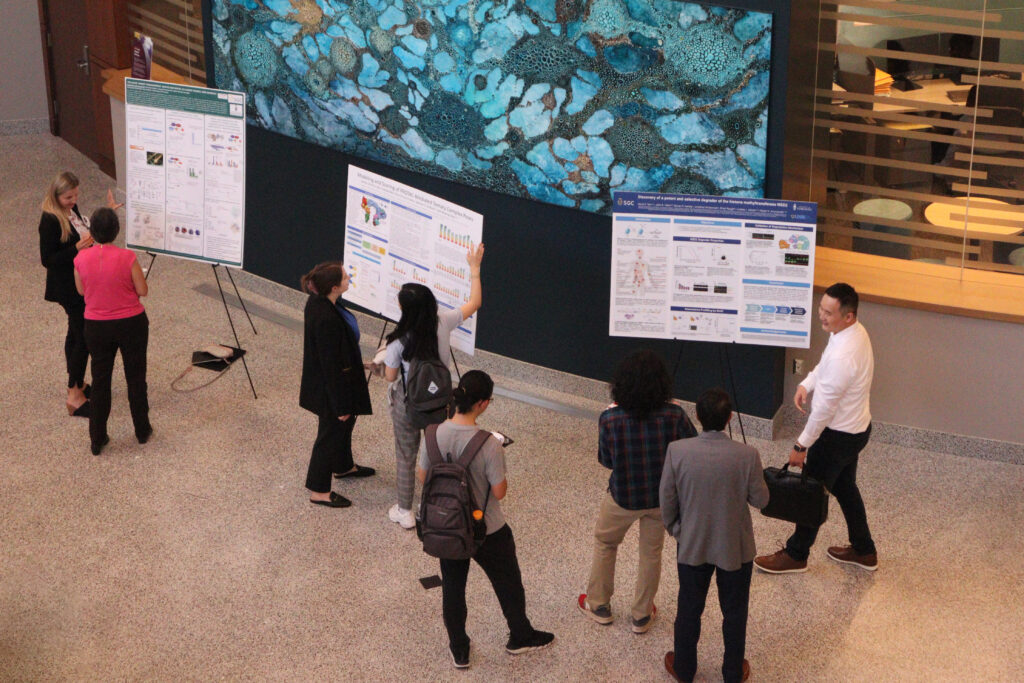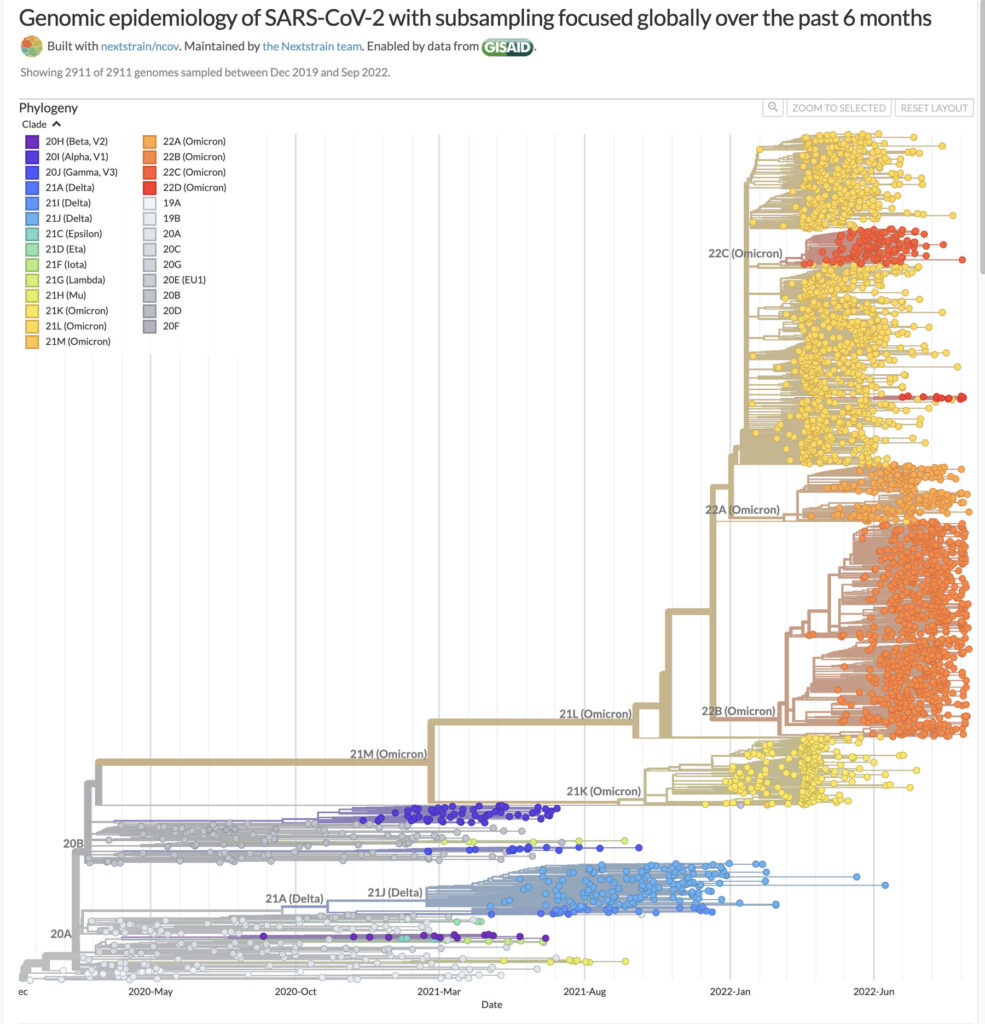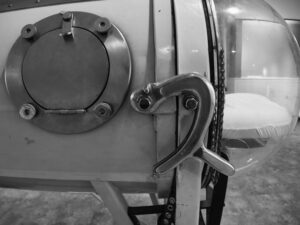Happy Sustainability Day! You may not realize that the last Wednesday of every October is dedicated to reminding us of the importance of caring for our planet. Maybe you rode your bike to work today, replaced a burned-out lightbulb with an efficient LED bulb or made sure to turn off the water while brushing your teeth. (You won’t believe how much water this simple act will save. My fifth-grade teacher imparted this wisdom to me many, many, many years ago.)
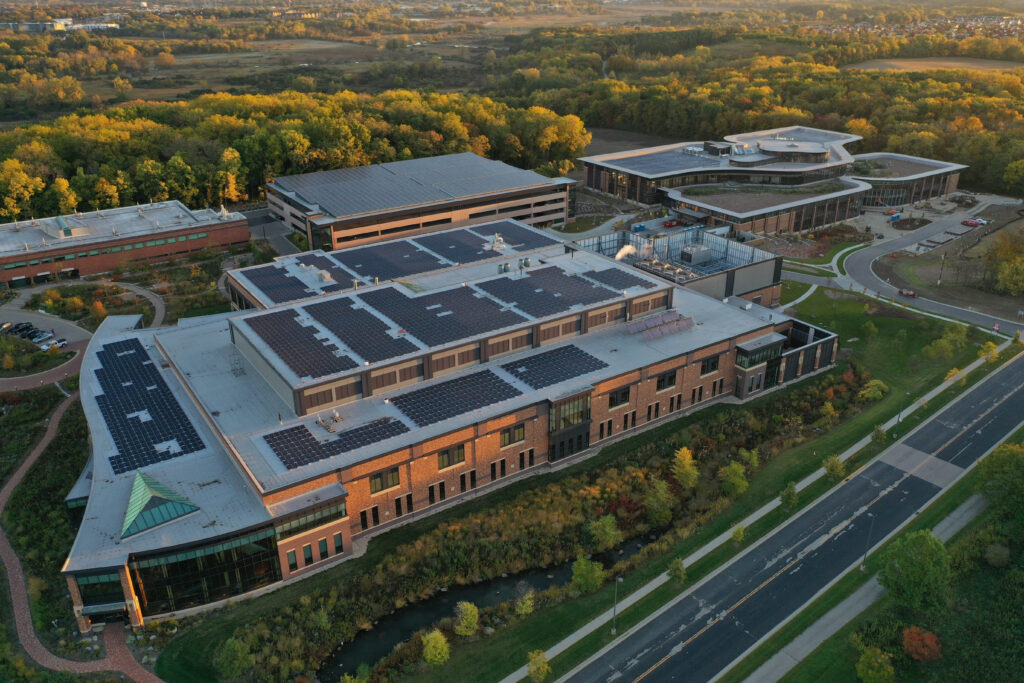
We do our best to live our values here at Promega and we like to think that every day is one to prioritize and practice sustainable living. Like so many others, we are certainly learning along the way, and have a long way to go. But we were excited to announce this summer that Promega now draws over 20% of our global electricity from renewable sources. Investments in solar arrays have led to a ten-fold increase in renewable energy usage in the last three years.
Reducing Electricity Usage
Minimizing electricity usage at all our branches, distribution and manufacturing locations around the world is a priority since Promega has a goal to reduce carbon emissions by 50% as indexed to revenue by 2030. Electricity makes up nearly half of Promega emissions, so we are doing what we can to lessen this impact.
Continue reading “Sustainability Day: It’s not just for the last Wednesday in October “
